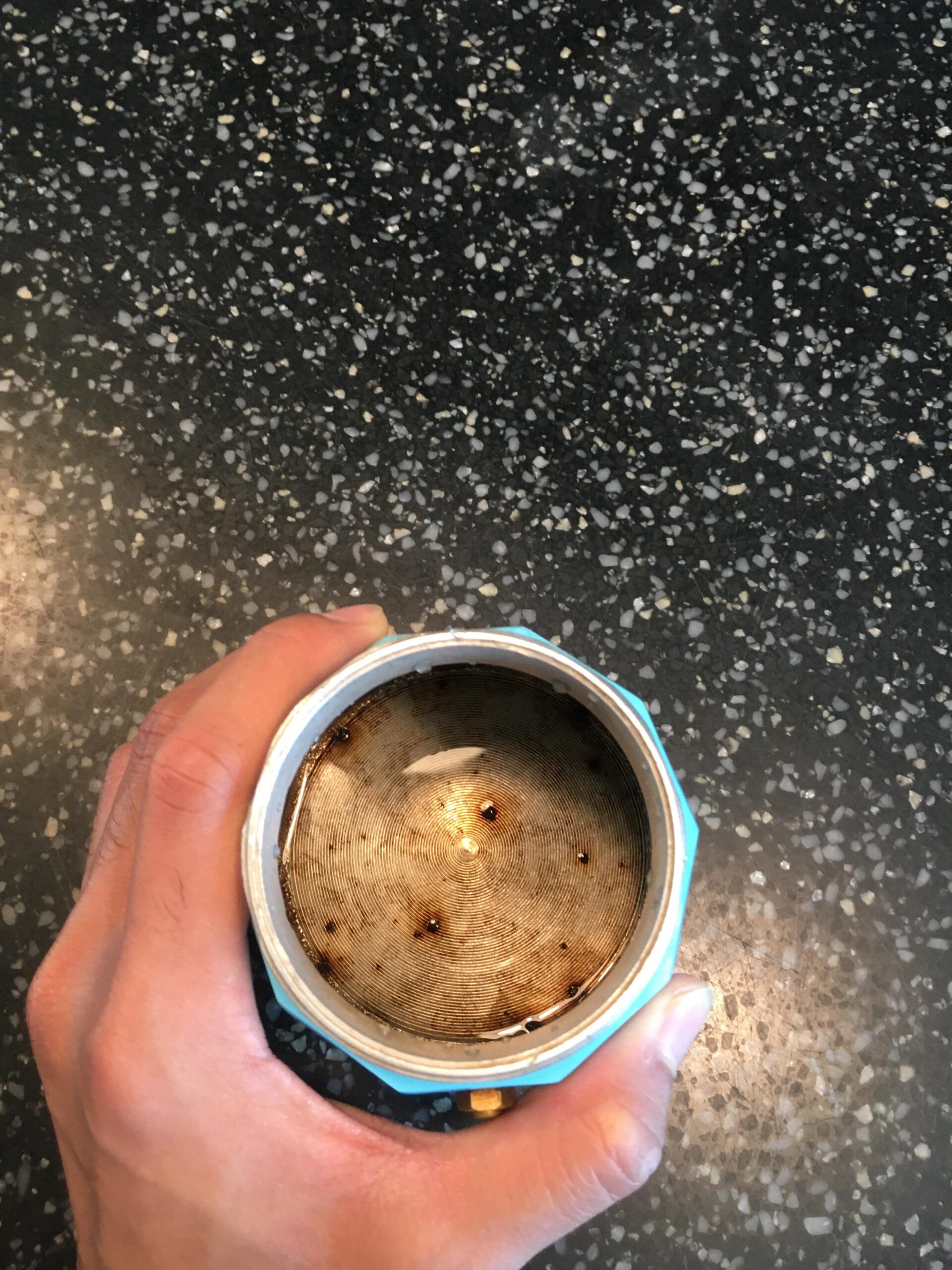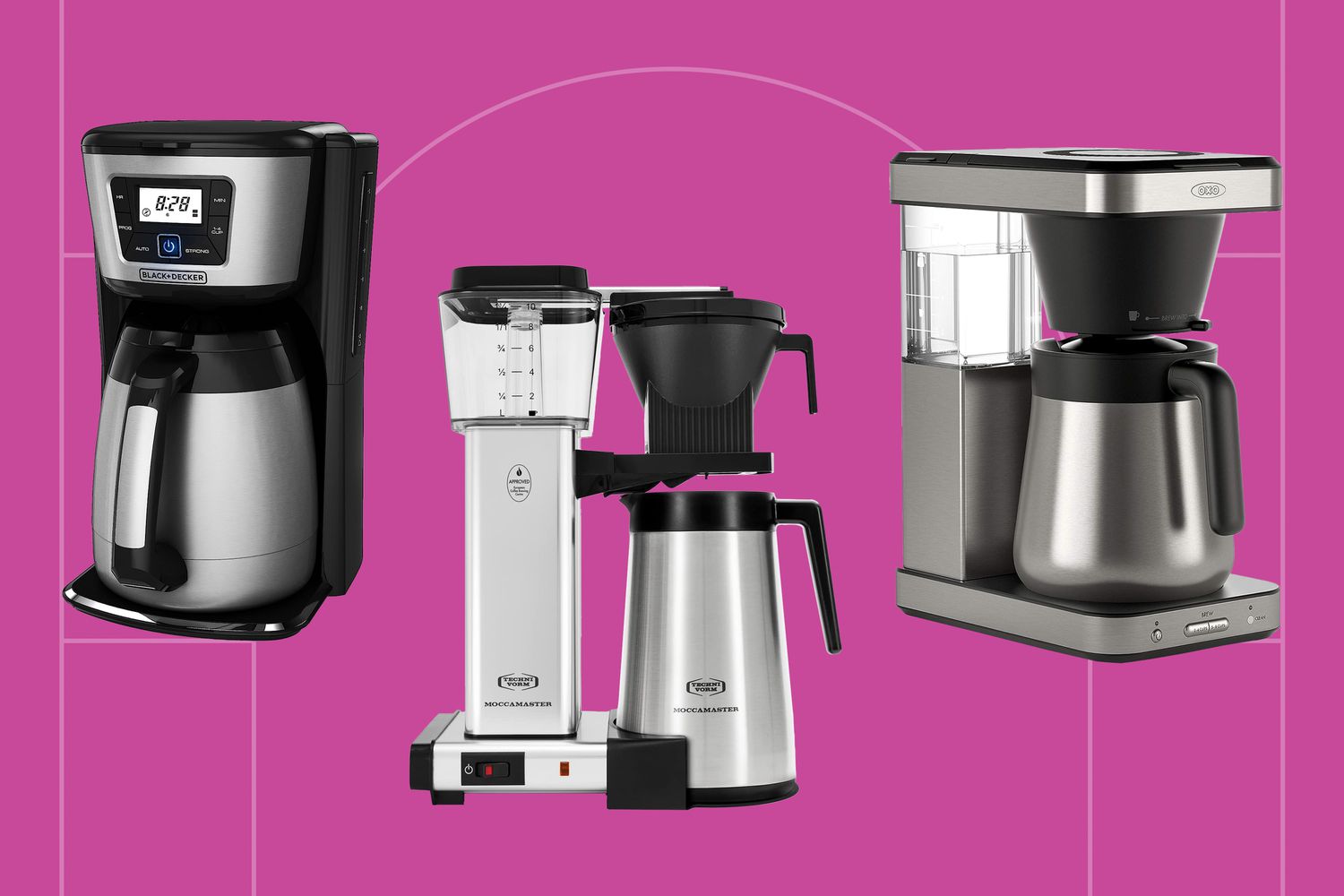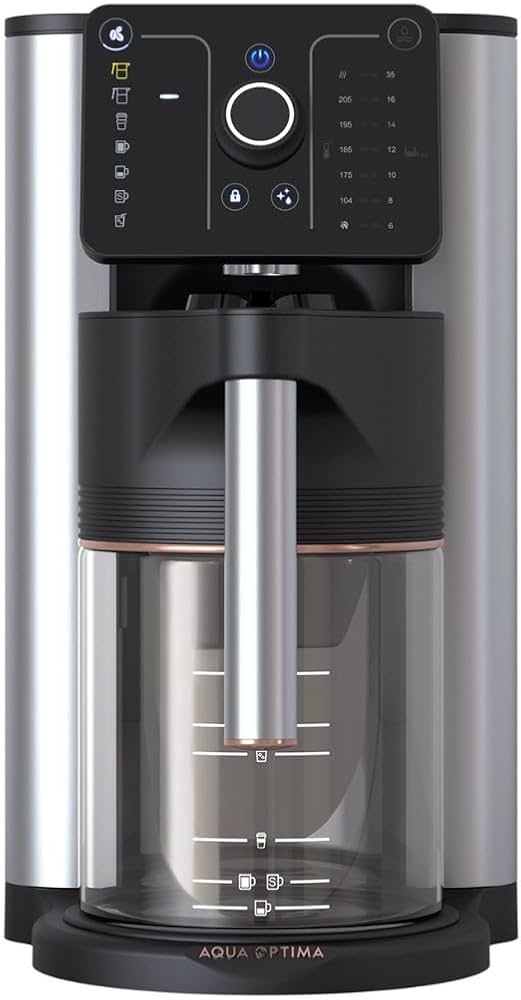Have you ever wondered if you can recycle coffee maker pots? Well, we have the answer for you! In this article, we will explore the possibility of recycling those trusty pots that have brewed countless cups of your favorite morning pick-me-up. You might be surprised to learn what options are available to give your coffee maker pots a second life. So, let’s dive in and find out how you can make an eco-friendly choice when it comes to disposing of your old coffee maker pots. Yes, you can recycle coffee maker pots! With the increasing emphasis on sustainable practices and reducing waste, it’s essential to explore the various options available for recycling these pots. In this comprehensive article, we will discuss different options for recycling coffee maker pots, the benefits of recycling, the materials they are made of, their environmental impact, and provide tips for sustainable coffee maker use.
Options for Recycling Coffee Maker Pots
Municipal Recycling Programs
One of the easiest ways to recycle your coffee maker pot is through municipal recycling programs. Most cities have a recycling program in place that accepts household items such as metal, glass, and plastic. However, it’s essential to check your local regulations to determine if coffee maker pots are accepted in your recycling program.
Before recycling the pot, make sure to rinse it thoroughly and remove any detachable parts, such as filters or handles. This step ensures that the pot is clean and ready for recycling. Afterward, place the coffee maker pot in the appropriate recycling bin designated for metals or glass, depending on the material it is made of.
Manufacturer Take-Back Programs
Another option for recycling coffee maker pots is through manufacturer take-back programs. Many coffee maker manufacturers have initiatives in place to encourage recycling and responsible disposal of their products. To participate in these programs, you can contact the manufacturer directly and inquire about their take-back program for coffee maker pots.
The manufacturer will guide you on how to recycle the pot properly. They may provide specific instructions or direct you to a collection point where you can drop off the pot. Following the manufacturer’s instructions is crucial to ensure that the recycling process is carried out effectively and efficiently.
Electronic Waste Recycling
Coffee maker pots with electronic components, such as built-in timers or digital display screens, fall under electronic waste (e-waste) and require specialized recycling methods. To recycle these pots, check if your local area has e-waste recycling programs in place. Many cities have dedicated e-waste recycling centers where you can drop off your coffee maker pot.
It is essential to find a certified e-waste recycler to ensure that the pot is recycled in an environmentally friendly manner. These recyclers have the knowledge and expertise to handle electronic components safely. Before dropping off the coffee maker pot, prepare it for recycling by removing any detachable parts and making sure it is clean.
Donation or Reuse
If your coffee maker pot is still in good condition and functional, consider donating it to a charity or giving it away to someone in need. Many organizations and individuals would appreciate receiving a coffee maker pot, especially if they are unable to afford one themselves.
Alternatively, you can sell the pot or give it away through online platforms or local community groups. Reusing the coffee maker pot for other purposes is also an excellent option. You can repurpose it as a planter, a container for utensils or office supplies, or even as a decorative piece. The possibilities are endless when it comes to reusing coffee maker pots!
Benefits of Recycling Coffee Maker Pots
Recycling coffee maker pots offers several benefits that contribute to a more sustainable and environmentally friendly lifestyle.
Reduces Landfill Waste
When coffee maker pots are not recycled, they often end up in landfills, contributing to the ever-growing waste problem. By recycling these pots, we divert them from landfills, reducing the amount of waste produced and preserving valuable landfill space.
Conserves Resources
By recycling coffee maker pots, we conserve valuable resources such as metals, glass, and plastic. These materials can be repurposed and used to create new products, reducing the need for extracting and processing raw materials from the earth. Recycling helps us preserve natural resources and minimize the environmental impact associated with resource extraction.
Prevents Environmental Pollution
Improper disposal of coffee maker pots can lead to environmental pollution. Metals and plastics can take hundreds of years to break down in landfills, potentially releasing harmful substances into the soil and groundwater. Recycling enables us to prevent pollution by ensuring that these materials are properly managed and reused instead of ending up in the environment.
How are Coffee Maker Pots Recycled?
Coffee maker pots go through a series of steps during the recycling process to transform them into new products. Here’s a brief overview of how coffee maker pots are recycled:
Separation and Sorting
After collection, coffee maker pots are sent to recycling facilities where they undergo separation and sorting. Different materials, such as stainless steel, aluminum, glass, and plastic, are separated from one another for individual recycling processes.
Shredding and Crushing
Once separated, the coffee maker pots are shredded or crushed into smaller pieces. This step prepares the materials for further processing and allows for more efficient recycling.
Melting and Purification
The shredded materials are melted down to remove impurities and contaminants. By heating the materials, any remaining substances are burned off or eliminated, ensuring that the recycled material is pure and ready for reuse.
Manufacturing New Products
After purification, the melted materials are transformed into new products. For example, melted stainless steel can be used to create new stainless steel items, while melted plastic can be molded into various plastic products. This step completes the recycling process, turning coffee maker pots into valuable resources for manufacturing new goods.
What Materials are Coffee Maker Pots Made of?
Coffee maker pots are commonly made of several different materials. The specific material depends on the brand, model, and type of coffee maker pot. Here are the primary materials used in coffee maker pots:
Stainless Steel
Stainless steel is a popular choice for coffee maker pots due to its durability and heat retention properties. It is a metal alloy consisting of iron, chromium, and other elements, which gives it its resistance to rust and corrosion.
Aluminum
Aluminum is lightweight, affordable, and an excellent conductor of heat. Many coffee maker pots utilize aluminum in their construction due to these properties. Additionally, aluminum is relatively easy to recycle, making it a sustainable choice for coffee maker pots.
Glass
Some coffee maker pots are made entirely of glass or have glass components. Glass offers the advantage of being inert and non-reactive, ensuring that it does not alter the taste or aroma of the brewed coffee. Glass is also recyclable and can be melted down to create new glass products.
Plastic
Coffee maker pots often have plastic parts, such as handles, lids, or internal components. Plastic is lightweight, versatile, and cost-effective. However, it is important to note that not all plastics are easily recyclable, and the recycling process for plastics can vary. Checking local recycling guidelines is crucial for determining how best to recycle plastic parts of coffee maker pots.
Environmental Impact of Coffee Maker Pots
Considering the environmental impact of coffee maker pots helps us understand why recycling them is crucial for a sustainable future.
Resource Extraction and Processing
The production of coffee maker pots requires the extraction and processing of raw materials. Mining for metals and extracting oil for plastic production have significant environmental consequences, including deforestation, habitat destruction, and water pollution. By recycling coffee maker pots, we reduce the demand for these materials and alleviate some of the environmental impacts associated with resource extraction and processing.
Landfill Waste and Pollution
When coffee maker pots are not recycled and end up in landfills, they contribute to the production of greenhouse gases, such as methane, as they break down over time. Additionally, the presence of metals, glass, and plastics in landfills can increase the risk of soil and groundwater contamination, harming ecosystems and human health. Recycling coffee maker pots helps divert them from landfills and mitigates the associated waste and pollution.
Energy Consumption
The production of coffee maker pots consumes significant amounts of energy. From mining the raw materials to manufacturing the finished pots, various energy-intensive processes are involved. By recycling coffee maker pots, we reduce the energy demand associated with producing new pots from virgin materials. Recycling saves energy and helps reduce our reliance on fossil fuels, leading to lower greenhouse gas emissions.
Tips for Sustainable Coffee Maker Use
While recycling coffee maker pots is crucial, adopting sustainable practices in their use is equally important. Here are some tips to make your coffee maker use more eco-friendly:
Choose Eco-Friendly Brands
When purchasing a coffee maker, consider brands that prioritize sustainability and eco-friendly practices. Look for certifications or labels that indicate the brand’s commitment to environmentally friendly manufacturing, such as ENERGY STAR certification or Cradle to Cradle certification.
Opt for Durable and Long-Lasting Pots
Investing in a high-quality, durable coffee maker pot can significantly reduce waste in the long run. Choose pots made from durable materials like stainless steel or glass that can withstand regular use without needing frequent replacement. Avoid pots with excessive plastic components that may be prone to wear and tear.
Use and Maintain Properly
Following the manufacturer’s instructions for proper use and maintenance is essential for prolonging the lifespan of your coffee maker pot. Regular cleaning and descaling keep the pot in good condition, reducing the chances of breakdown or damage. Proper maintenance ensures that the pot remains functional for a longer time, reducing the need for early replacement.
Consider Alternative Brewing Methods
Coffee maker pots are a popular choice for brewing coffee, but exploring alternative brewing methods can be both exciting and sustainable. Options such as French press, pour-over, or espresso machines that use refillable pods or capsules create less waste and often have a shorter brewing time. Consider trying different brewing methods to find one that aligns with your sustainability goals.
In conclusion, recycling coffee maker pots is an essential step towards a more sustainable and eco-friendly future. By utilizing municipal recycling programs, participating in manufacturer take-back programs, or engaging in e-waste recycling, we can reduce landfill waste, conserve resources, and prevent environmental pollution. Understanding the materials used in coffee maker pots and their environmental impact helps us make informed choices regarding recycling and proper disposal. Adopting sustainable practices in our coffee maker use further contributes to minimizing waste and reducing our ecological footprint. With these options and tips, we can ensure that coffee maker pots are recycled responsibly, promoting a cleaner and greener planet for future generations.




